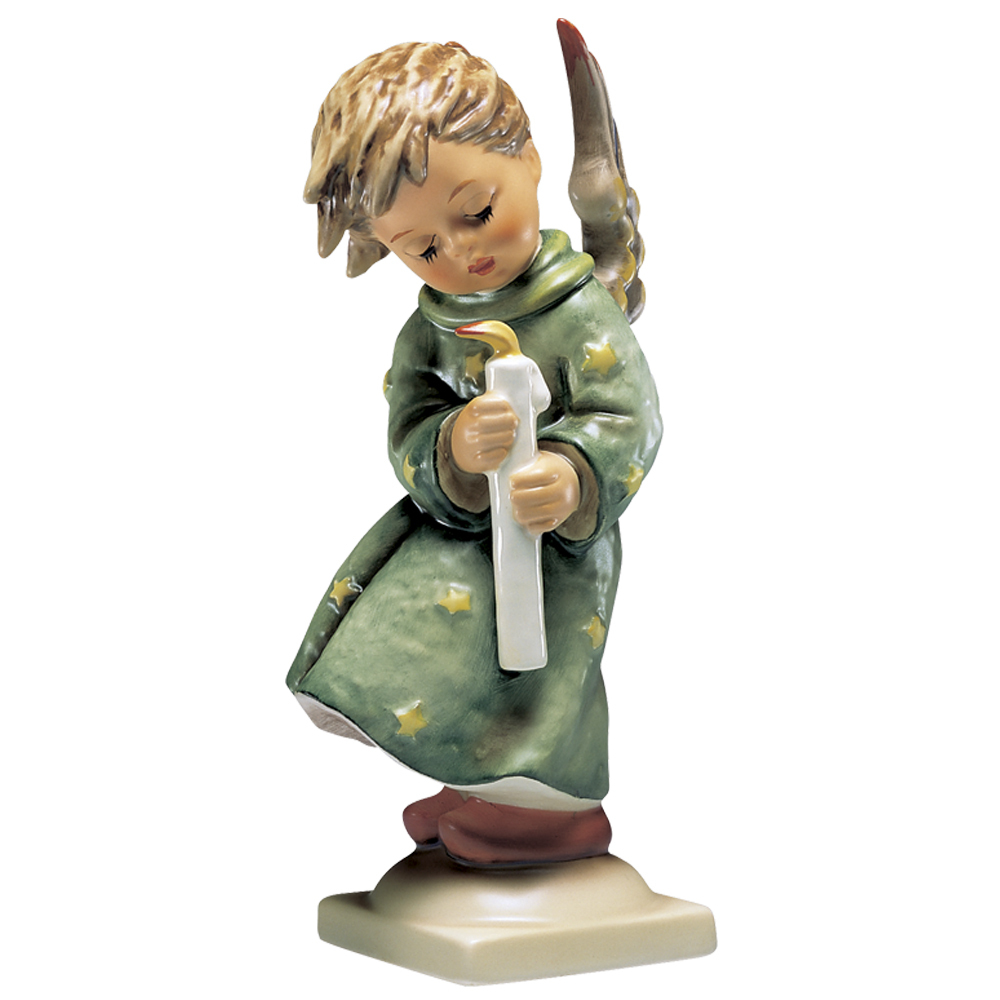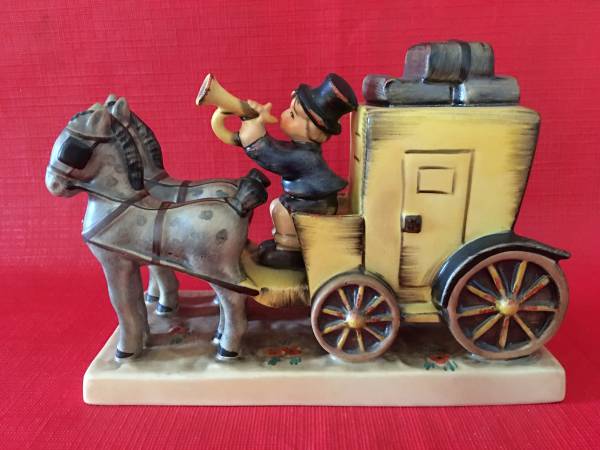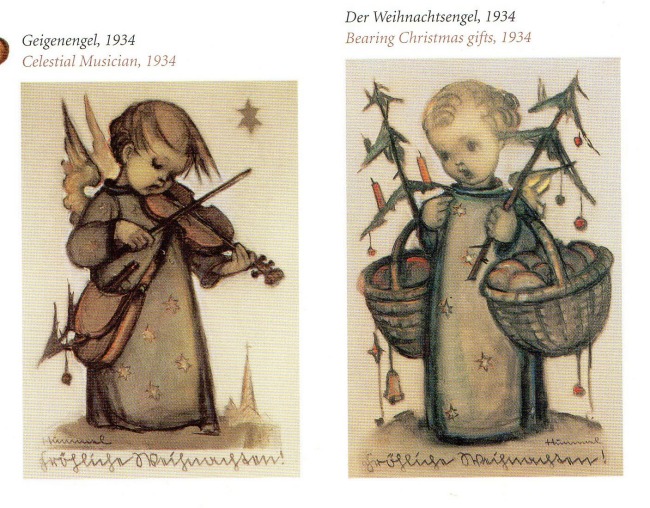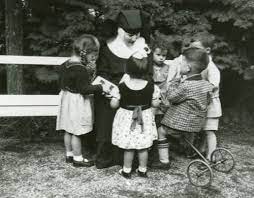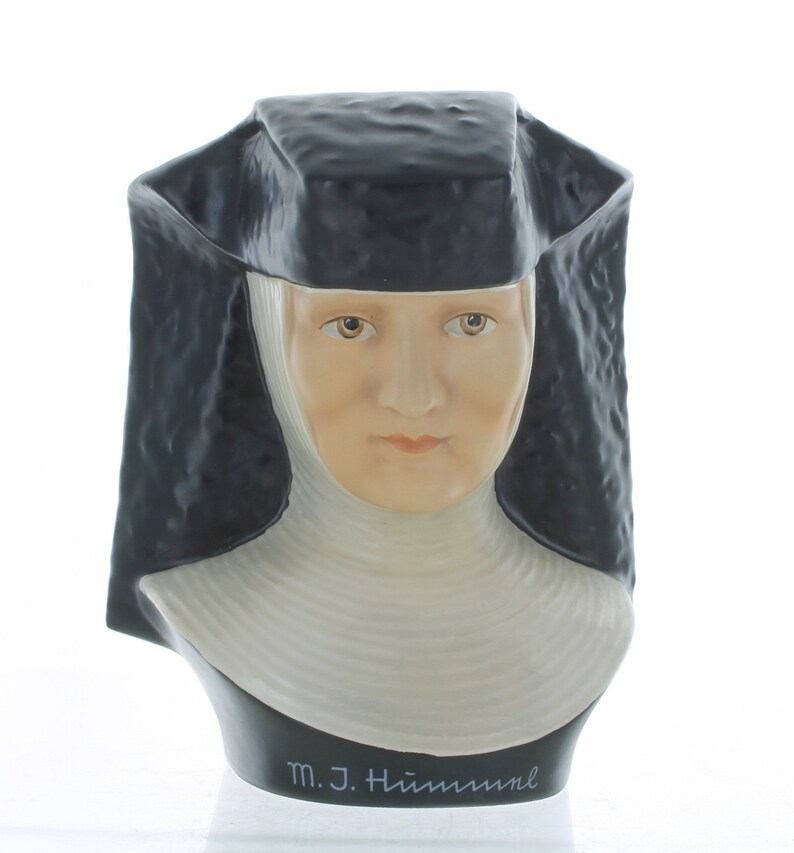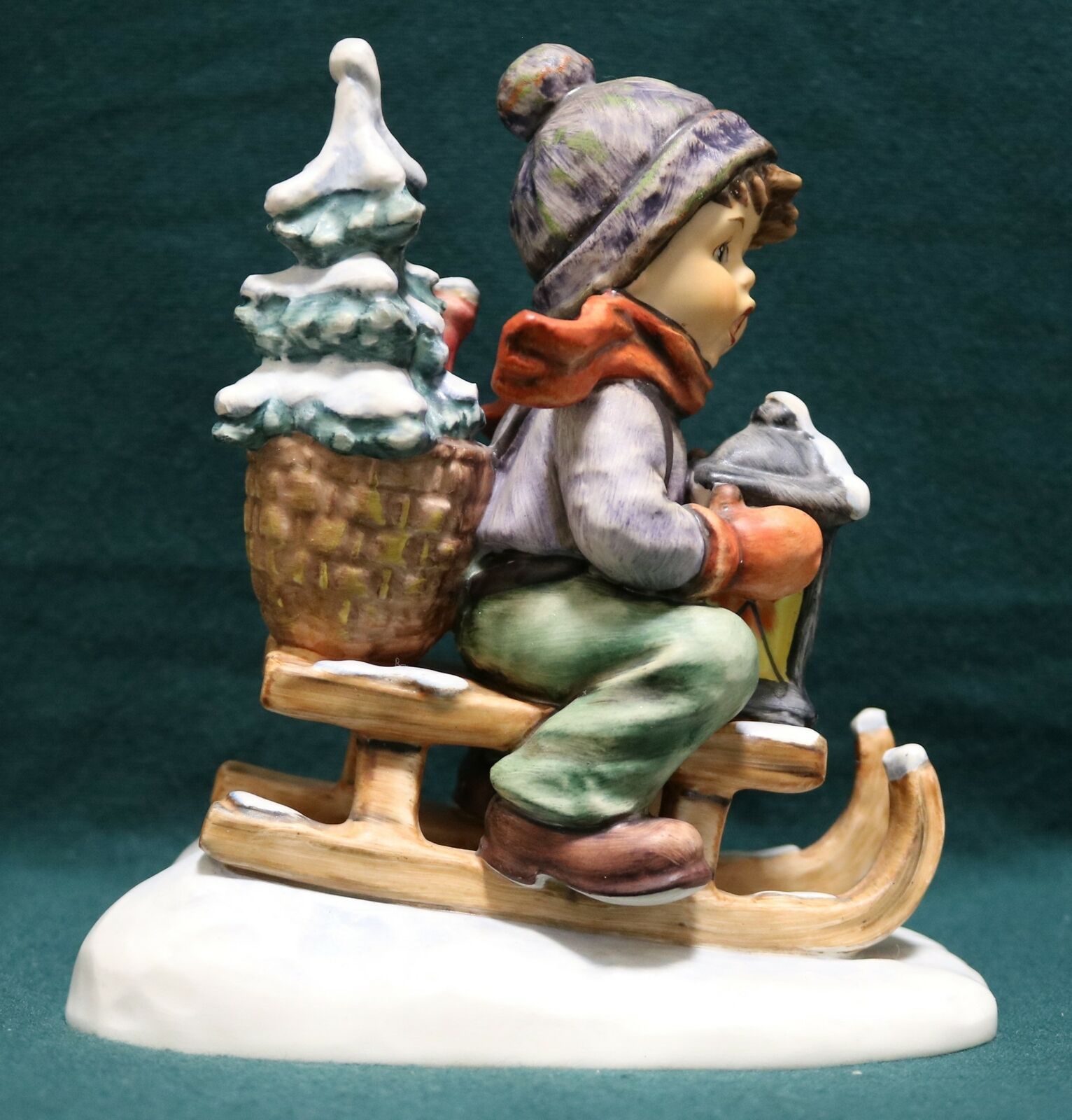
For all who love Hummels!
This main page contains a biography of her short life with some illustrations.
Clicking on the Menu will take you to pages with many of her creations, some up for sale on other online sites.
Enjoy!
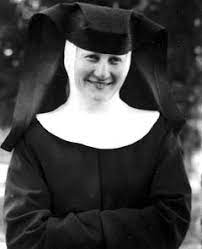
Sister Hummel was a warm and caring, child loving woman with artistic talent. Born in Massing in Bavaria, Germany. Berta Hummel, one of the six children of Adolf and Victoria Hummel, living above her father's dry goods store. As a child Berta showed creative talent and developed a reputation in the village as the local artist. She was a cheerful, active girl, who loved the outdoors and winter sports. Her father encouraged her artistic talents, and at age 12, enrolled her in a boarding school of the Sisters of Loreto in Simbach am Inn, about 30 kilometres away. Berta Hummel continued to grow in her abilities, and after graduation in 1927, she enrolled in the prestigious Academy of Applied Arts in Munich, where her talent and skills developed.
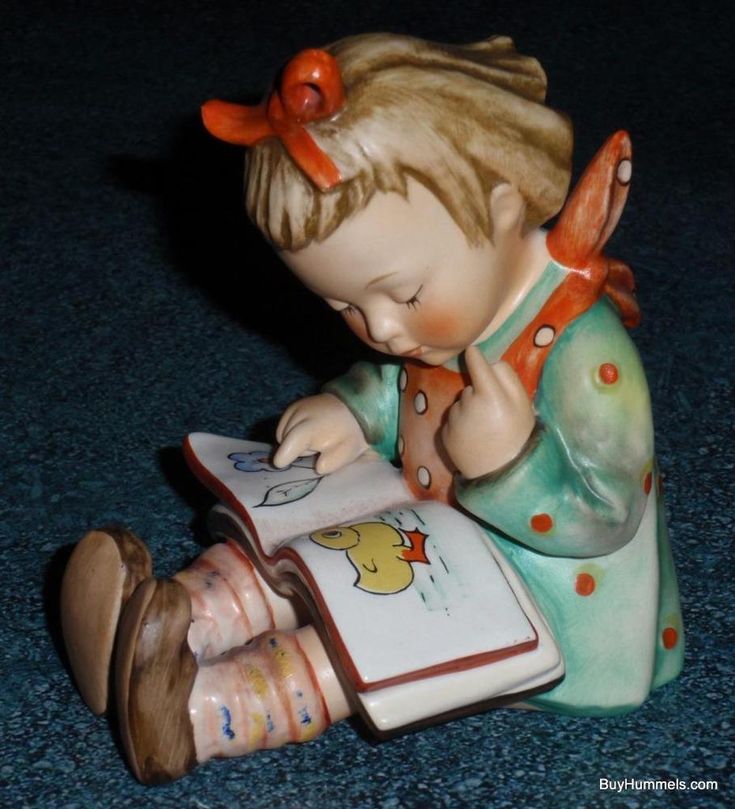
Sister Hummel was a devout Catholic and instead of the standard student housing, chose to live in a Catholic residence run by religious sisters. While living there, she made friends with two members of the Congregation of the Franciscan Sisters of Siessen in Bad Saulgau who were also studying at the Academy. The religious congregation focused on teaching, and gave great emphasis to the role of art in education. After Berta graduated in 1931 with top honors, she chose to follow a religious calling that she had felt for some time. She applied to enter that congregation and was admitted in April 1931 as a postulant. Berta made one final visit to her family home in late May, spending two weeks with them. On 22 August, she was admitted as a novice and received the religious habit of the congregation and the religious name of Sister Maria Innocentia.
After completing her novitiate year, Sister Hummel was assigned to teach art in a nearby school run by the convent. Though her days were busy teaching, Sister Hummel spent her spare time painting pictures of children. The sisters were impressed with her art and sent copies to Emil Fink Verlag, a publishing house in Stuttgart which specialized in religious art. Sister Hummel reluctantly agreed. The company decided to release copies of the works in postcard form, which were popular in the early 20th century. In 1934, it also published a collection of her drawings, titled Das Hummel-Buch, with poetic text by the Austrian writer Margarete Seemann.
Soon afterward, Franz Goebel, the owner of a porcelain company who was looking for a new line of artwork happened to see some of these postcards in a shop in Munich. Goebel approached the Convent and Sister Hummel with his idea to adapt the designs into three-demensional porceline figurines. Sister Hummel agreed, mostly for its saving the employment of many workers, and the convent granted him sole rights to make figurines based on her art. Interest in the figurines increased after they were displayed in 1935 at the Leipzig Trade Fair, a major international trade show.
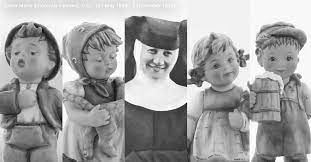
In 1937, two events in Sister Hummel's life were to mark her future. On 30 August, she made her final profession as a permanent member of the Congregation. Also, she had released a painting titled "The Volunteers". This work drew the enduring hatred of Adolf Hitler, who attacked the art denouncing the depiction of German children with "hydrocephalic heads". Although the Nazi authorities allowed Hummel to work, they banned the distribution of her art in Germany. One Nazi magazine, the SA Man (issue of 23 March 1937), wrote of her work:
"There is no place in the ranks of German artists for the likes of her. No, the 'beloved Fatherland' cannot remain calm when Germany's youth are portrayed as brainless sissies."
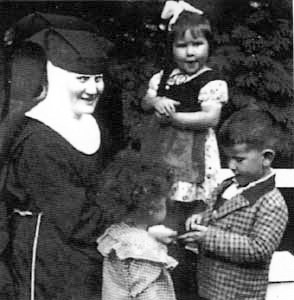
Significantly, Sister Hummel also drew sketches that contained the Star of David, a dangerous theme in those times. She portrayed angels in gowns covered with slightly skewed six-pointed stars. Sister Hummel also designed a series of Old and New Testament symbols for the Convent chapel in 1938-39. She symbolized the juncture of the two Testaments by designing a cross with a menorah before it.

